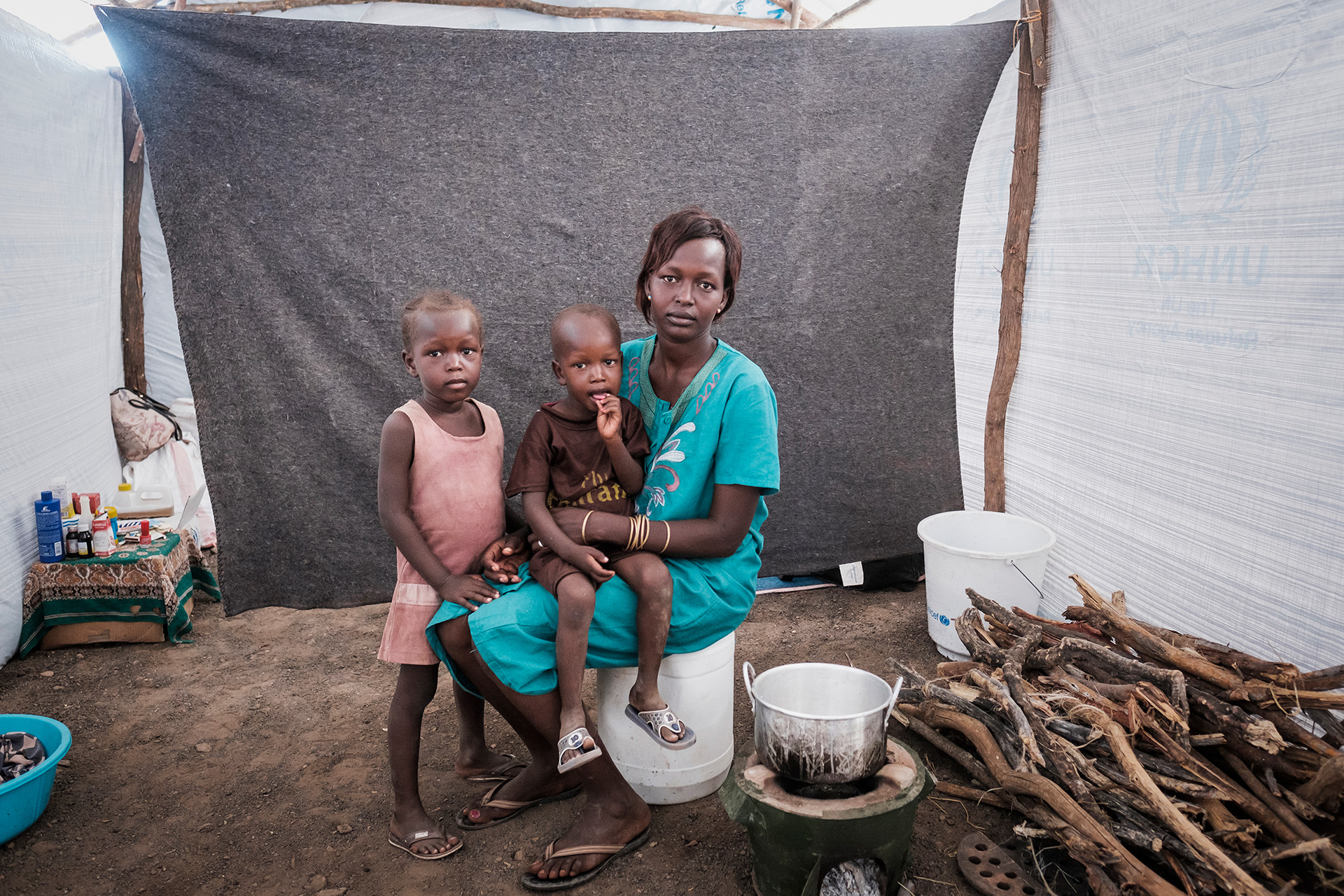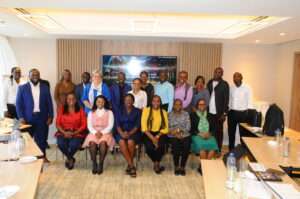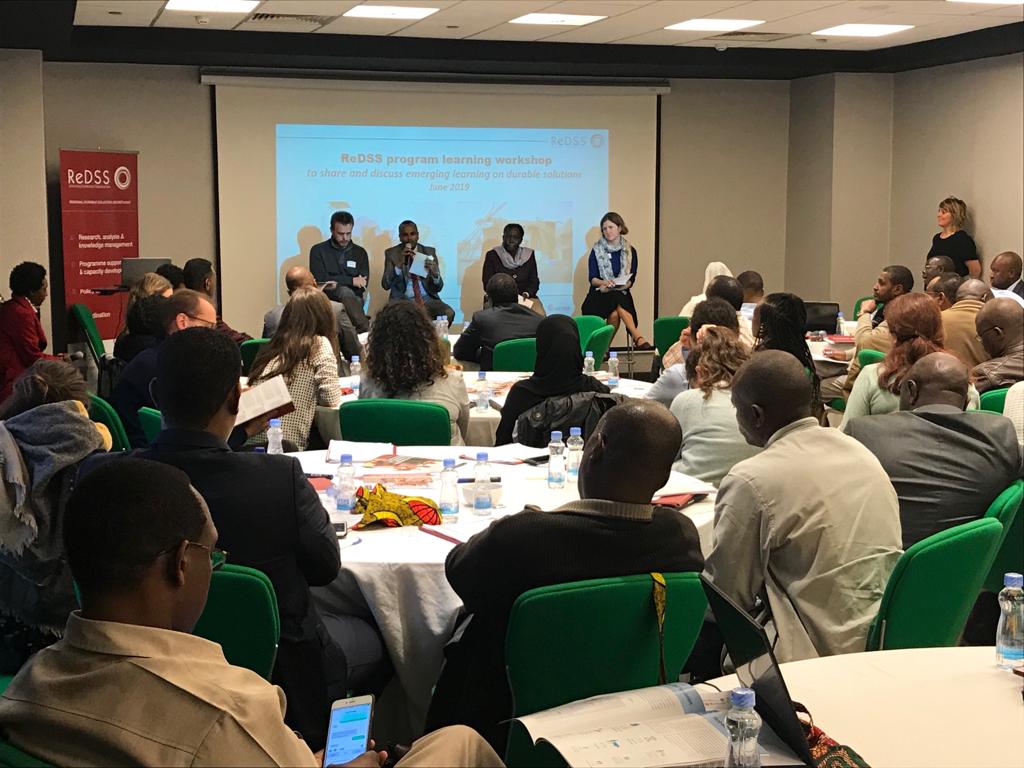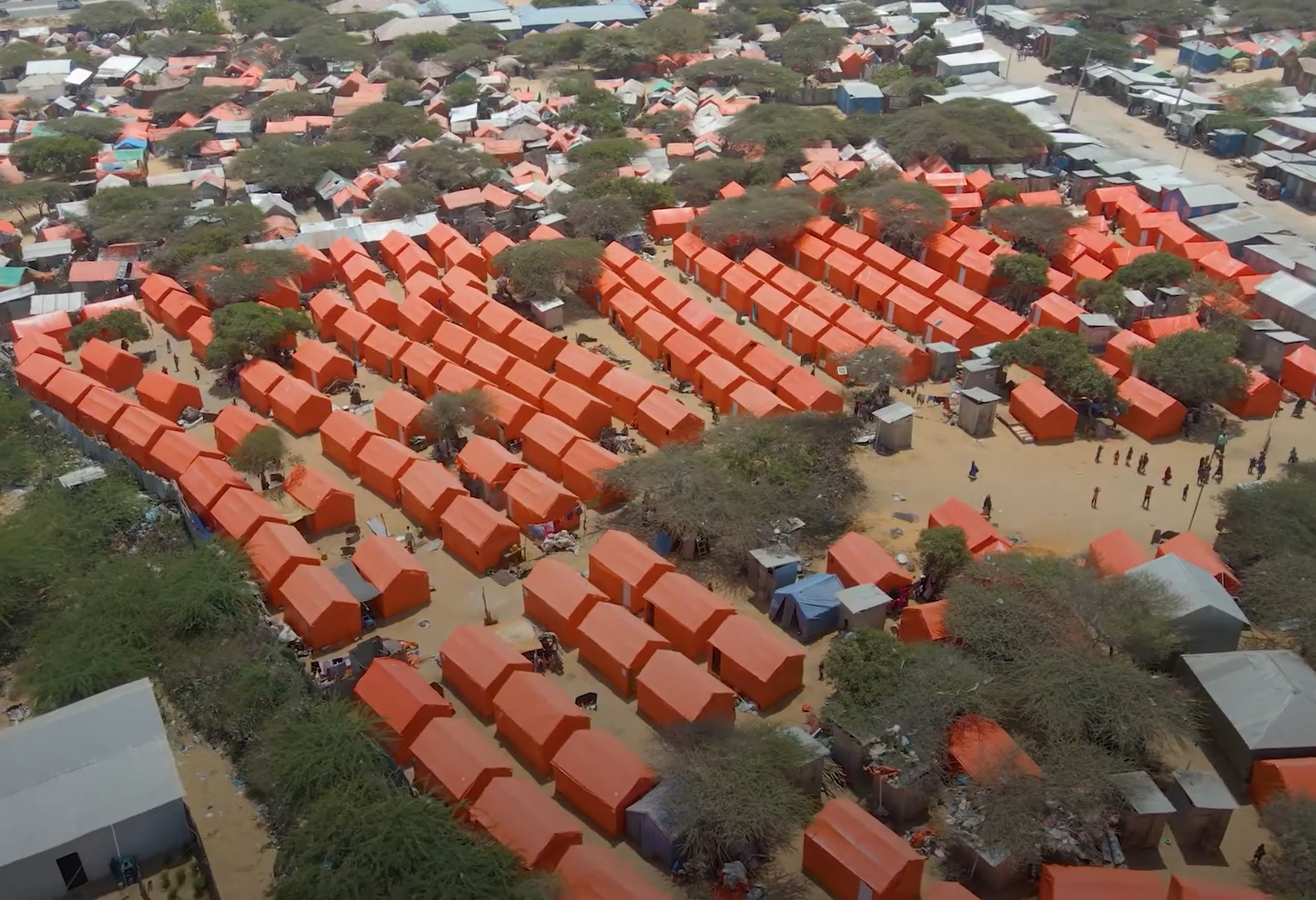In November 2023, ReDSS Kenya commissioned this research under the auspices of the Resilience Rights and Health Project funded by Danish Red Cross, Kenya. The study was undertaken and written by Dr. Lucy Hovil, Linet Opio and Jean de Dieu Serugo. It forms part of a series of studies by ReDSS to explore opportunities for socio-economic integration of displacement affected communities in Kenya. We are pleased to share the highlights of the study in this blog.
We are pleased to share the highlights of the study in this blog below.
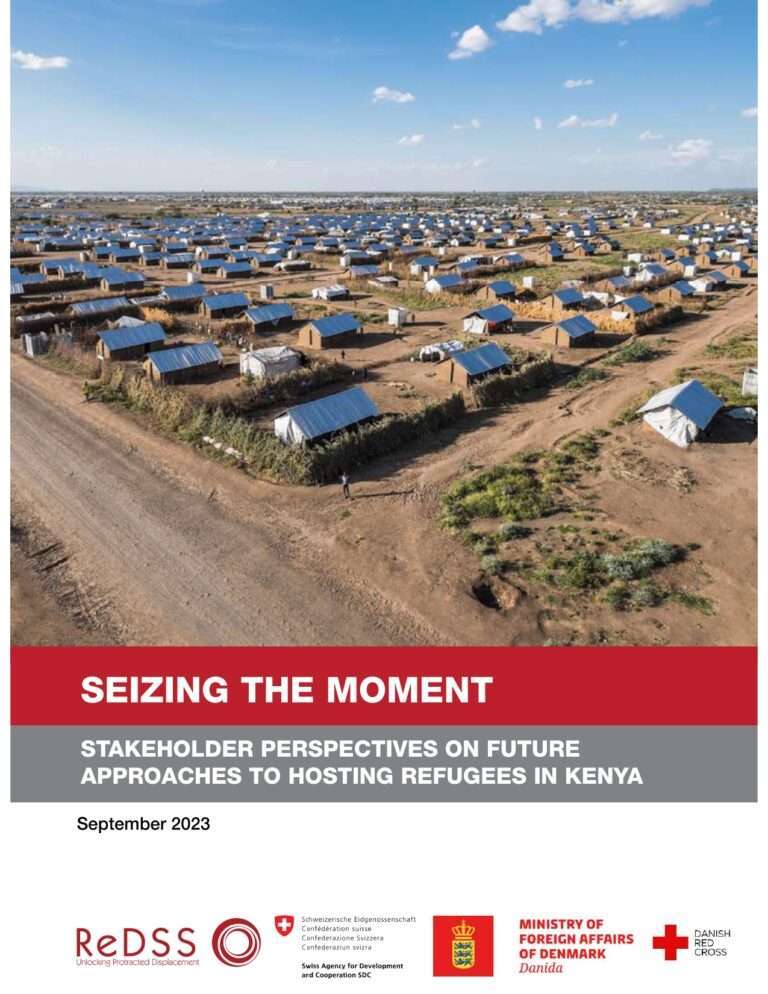
Seizing the Moment: Stakeholder Perspectives on Future Refugee Hosting Approaches in Kenya
Refugees still living in limbo: over three decades later
The report highlights the profound challenges of the protracted and cyclic refugee situation in Kenya and the government’s sheer fortitude and complex response. On the one hand, Kenya has been a regional leader on migration offering sanctuary to hundreds of thousands of asylum seekers and refugees. On the other, it has often prioritized security over protection for refugees, which has led to a strong emphasis on limitations on freedom of movement, with the majority of refugees living in camps located at the peripheries of the country in counties that are, themselves, historically marginalized. In addition, refugee status has long been perceived as transient, and citizenship remains out of reach: the quest for resettlement places has been akin to chasing shadows; repatriation has failed to deliver; and barriers to integration have remained in place.
A Changing Approach to Kenya’s Refugee Management
Despite the challenges, this analysis was conducted at a time when Kenya is experiencing shifts in the refugee management approach by the government that’s signal a significant step-change. The creation of Kalobeyei settlement in Turkana County, a similar Plan for Garissa recently launched, the passing of a new Refugee Act in 2021 – hailed as progressive in the promotion of socio-economic integration of refugees – and, most recently, an initiative called the Shirika Plan (which seeks to transition refugee camps into ‘integrated settlements’), are all marks of a significant transition.
The report finds that if implemented, the aggregate of these changes has the potential not only to enhance the lives of refugees and hosts, but also to create a positive knock-on effect on refugee protection throughout the region. Conversely, if the current trajectory fails or is seen to fail, greater freedoms are likely to be further diluted and barriers to integration increase.
This report was designed to assist the multiple stakeholders involved in the process of translating this vision and these foundations into a more workable and realistic plan, by identifying key principles and approaches for moving forward. Based on 93 interviews with government, UN, civil society actors, and community representatives living in Garissa and Turkana counties (including both Kenyans and refugees), it assesses the status of these changes from an administrative point of view alongside the wider political temperature and appetite for the process.
The political context for change
The findings show that most stakeholders hail the proposed changes as a positive shift away from political rhetoric around unsubstantiated links between refugees and security incidents, which have characterized public statements and policy approaches for a number of years. However, there is a strong level of realism that the government’s securitized narrative has not disappeared altogether, and that a major terror incident could reverse the current trajectory.
Additionally, in the context of a renewed push for global ‘responsibility sharing’ the government asserts that if international partners do not sufficiently support these changes, then the process could be derailed. The findings point to a complex picture in this regard. On the one hand, the international community needs to be seen by the government to be delivering; while on the other hand, international donors are willing to support these changes, but want to know that they are sustainable before they fully commit. And the stakes are currently high.
The mechanics of change
From an administrative point of view, support to refugees continues to fall primarily under national mechanisms supported by humanitarian actors, and assistance to Kenyan citizens is delivered through county structures. This is blocking the implementation of the humanitarian-development nexus and is creating tensions between county and national government actors. As a result, many expressed concerns that the Shirika Plan will represent a development approach in name only, while remaining stuck in the same humanitarian systems and mechanisms that have prevailed for decades.
The recently created Kakuma and Dadaab municipalities are seen as a potential opportunity to bring together these parallel systems. However, without access to the full spectrum of rights: e.g. freedom of movement and access to relevant documentation, and without a seat at the table where decisions are being made, there are widespread concerns, including among refugees themselves, that once refugees are integrated into a municipality they might be side-lined as non-citizens without representation.
At the heart of this report, therefore, is the conclusion that while the government of Kenya has opened the door to change – change that is not only needed, but for which there is fertile ground among a wide range of actors who recognize the need for it – it will need to be carefully managed to be successful. In order to create clarity, a number of difficult trade-offs will need to be tackled head on, and the research points to two that are particularly important:
- First, it is important to recognise that the more refugees are able to move, the better their prospects for self-reliance will become. Freedom of movement, therefore, is critical to the success of plans moving forward.
- Second, implementation is contingent upon ensuring the right balance of roles and responsibilities for national and devolved governments, particularly around municipalities. Therefore, incentives need to be aligned between donors, national government, county governments and local populations; and the mechanics need to be in place to deliver an integrated approach.
The report therefore, sets out seven key principles, with recommendations for moving forward.
- The Shirika Plan is, and should be, a national and county government-led initiative that necessitates clear roles and responsibility sharing between both levels of government.
- To succeed long-term, the Shirika Plan needs unequivocal, reliable and adequate support from a global community that is jointly responsible for supporting refugees.
- Local government actors need to be central, rather than peripheral, to efforts to promote integration of refugees in their counties.
- Freedom of movement is pivotal to creating the conditions for economic opportunities for both refugees and Kenyans living in refugee-hosting areas
- Multiple actors and stakeholders need to be involved in current changes, outside of current silos
- The equitable and clearly defined use of land is critical to sustainability in hosting refugees
- Kenyan and refugee communities directly impacted by these changes need to be central, need to be heard and need to have influence
Conclusion
The government of Kenya has opened the door to change through Shirika Plan – change that is not only needed, but for which there is fertile ground among a wide range of actors who recognize the need for it. In a global context of strained international aid budgets, the possibility of building greater durability into the refugee response in such a way that benefits not only refugees but Kenyans living in refugee-hosting areas holds significant promise. However, there is a need to create a clearer shared vision for the future of Kenya’s two largest refugee camps.
The move to recognizing them as municipalities is welcome if it creates a more equitable environment for refugees and hosts to thrive and attracts investment, but two conditions are key for this. One, a governance framework that is clear on the rights available to all residents and creates accountability structures that enables them to claim these rights in a reliable way. And two, a realistic evidence-based vision for a viable economy that will attract the private sector and enable local opportunities. Further still, in order to be durable, responses to refugee populations need to be viewed as an ongoing political and administrative process that operates at multiple levels. By supporting a culture of learning and joint analyses, ReDSS will continue to support this by evidence-based policy dialogue at different levels of ambition, both with policy makers and practitioners at national and county levels.

